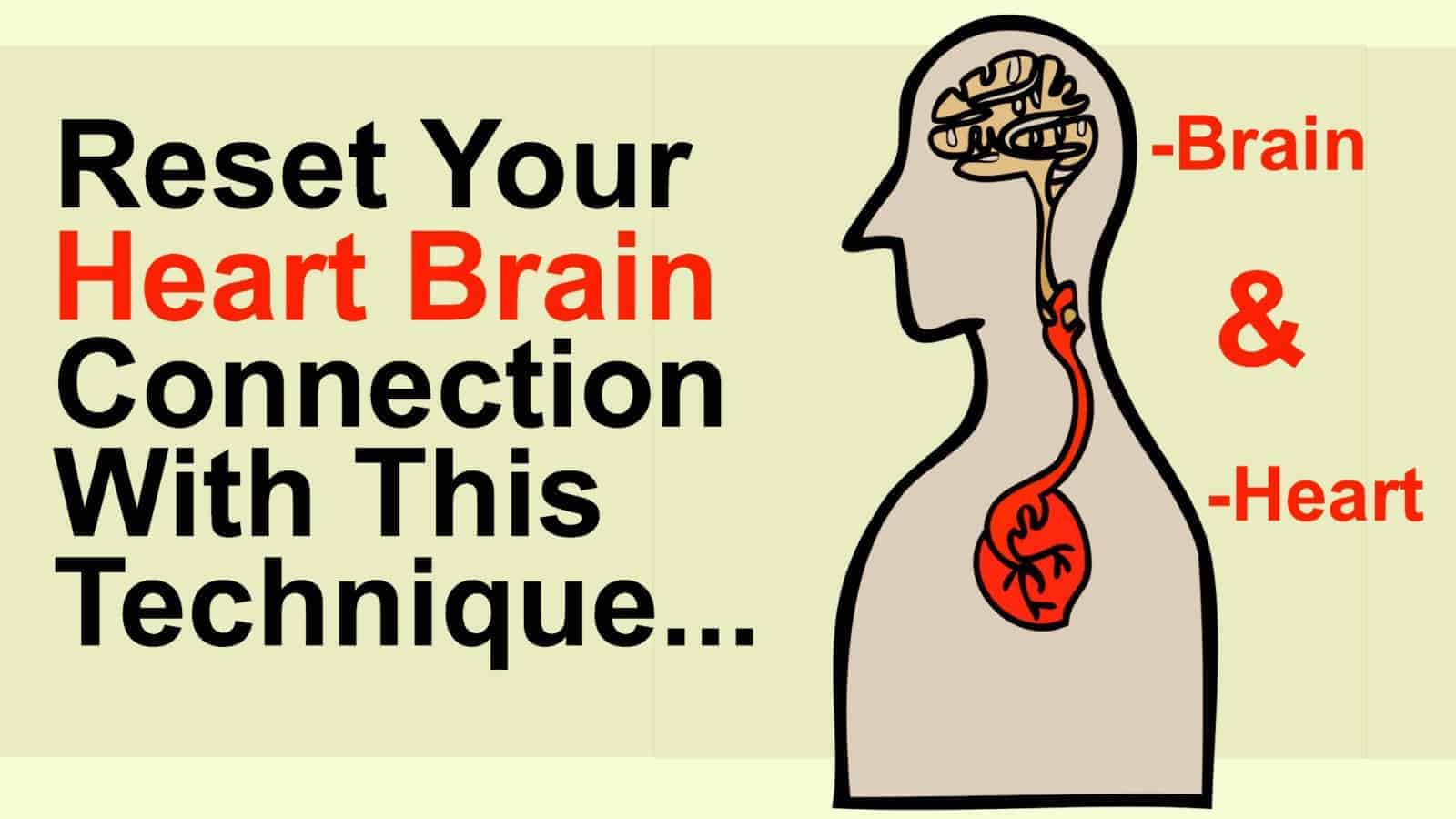What’s the connection between your brain and your heart?
“At the core of the HeartMath method of emotional regulation is the idea that, by focusing on positive feelings such as appreciation, care, or compassion, anyone can create dramatic changes in his or her heart rhythms.” ~ Doc Childre and Deborah Rozman, Ph.D.
Rethinking the Heart
If you’re like everyone else, you’ve been taught that the heart is little more than a fancy pump that responds to signals sent from the brain.
But did you know that the heart sends more signals to the brain than it receives?
Furthermore, these signals have a profound effect on all sorts of brain functions – attention, emotional processing, memory, perception, problem-solving, and more.
As it turns out, our heart rhythms have a profound effect on our cognitive and emotional well-being. During negative emotions and distress, for example, the heart pattern is disordered and erratic. This inhibits our ability to think clearly, learn, reason, remember, and make good decisions.
Ever wonder why we always seem to make impulsive decisions while under stress? Well, abnormal rhythmic beating of the heart – also known as heart coherence – is the answer to this question.
The heart’s input to the brain during times of stress impacts the brain’s ability to process emotions normally.
On the flip side, a stable and ordered heart pattern produces positive emotions, which in turn enhances cognitive ability.
The information presented in this article will improve the health of your heart and mind – and maybe even save your life one day.
Also, we’re going to teach you a 60-second technique that instantly improves heart coherence!
What’s the Science behind Heart Coherence?
At one time, scientists believed that the heart, when at rest, beat each time at the same time interval (kind of like the second hand on a clock.)
However, both scientists and physicians now know that this isn’t true. Our heartbeats are always in flux – even at rest. The medical term for this is called heart rate variability, or HRV.
HRV and heart coherence have been studied extensively over the past four decades. However, early research primarily focused on HRV under physically-demanding conditions (e.g., running). Eventually, scientists caught on and began studying HRV under a variety of conditions, including sleep!
Then a breakthrough happened. Lew “Doc” Childre – a developmental psychologist and psychotherapist – discovered that people could voluntarily control their own heart rate. Dr. Childre would go on to establish the non-profit HeartMath Institute.
What This Means For You
Stress is the world’s leading killer. According to a study by the American Institute of Stress, approximately 70 percent of all doctor’s visits are related to stress.
A study undertaken at Harvard University discovered a link between generalized anxiety disorder (GAD), depression, and risk of heart attack:
“heart patients who have generalized anxiety disorder — constant, pervasive worrying, even about mundane matters — are more likely to have heart attacks and serious heart problems than heart patients who don’t.”
While this news may be grim, it reinforces the importance of not only caring for one’s own mental health but heart health. In fact, the two are much more intricately related that we once thought.
Understanding HRV – and more importantly, heart coherence – can dramatically improve your emotional, mental, and physical health and well0being. Further, you can start taking action now – and all it takes is 60 seconds.
Ready to learn how? Read on, friend!
The Quick Coherence Technique
The quick coherence technique is a simple, but powerful way to balance thoughts and emotions, increase energy, improve mental clarity, and align heart and brain function.
This technique can be used anytime, anywhere; but it is particularly helpful when feeling draining or overwhelming emotions such as anxiety, anger, frustration or irritation.
Step #1: Sit comfortably; in a place free from distractions and noise.
Step #2: Focus your attention on the area of the heart. Imagine that your breath is flowing in and out of your heart or chest. Breathe a bit slower and deeper than usual.
(Tip: It’s recommended to inhale for 5 seconds and exhale for 5 seconds, but it’s more important to discover a pace that works for you.)
Step #3: Make a genuine attempt to experience a renewing feeling such as appreciation, care, or love for someone or something in your life.
(Tip: Ideas for this “renewing feeling”: somewhere in nature, a child or parent, an accomplishment, a pet, or an overall sensation of calm and ease.)
Try practicing the Quick Coherence Technique once in the morning and again before you go to bed. If you experience a stressful event at work or someplace else, repeat the exercise whenever possible. You’ll feel much better, must faster!
(Readers, did you try the Quick Coherence technique? If so, what was your experience? We’d love to read your comments!)


















